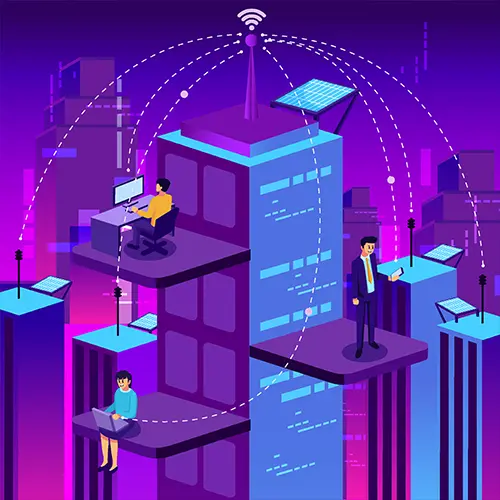Overview
GPT-5 is the next-generation large language model from OpenAI, released in August 2025. It improves on previous models in reasoning, multimodal understanding, coding, and writing. GPT-5 is designed to "think deeply when you need it to" and has been widely adopted as a coding partner and AI assistant.
Key Advancements
-
Better reasoning: Handles multi-step instructions and complex tasks more effectively.
-
Improved accuracy: Reduces errors and hallucinations, producing more reliable answers.
-
Multimodal ability: Processes both text and images together for richer use cases.
-
Flexible model routing: Uses multiple model variants, with a runtime router selecting the right one for each task.
-
Larger context handling: Manages longer conversations and documents more consistently.
How It Is Used
-
Coding assistance: Generates UI code, debugs repositories, and builds design-aware applications.
-
Writing and content creation: Produces articles, reports, and creative pieces with higher accuracy.
-
Multimodal tasks: Combines text and image analysis, useful for design, research, or education.
-
Enterprise applications: Powers workflows in law, healthcare, engineering, and customer service.
Considerations
While GPT-5 is more advanced, it is not flawless. It may still produce misleading or biased responses. Enterprises using GPT-5 often apply guardrails, human oversight, and domain-specific tuning. Its deeper reasoning modes also require more computing resources, which can impact cost and performance trade-offs.

